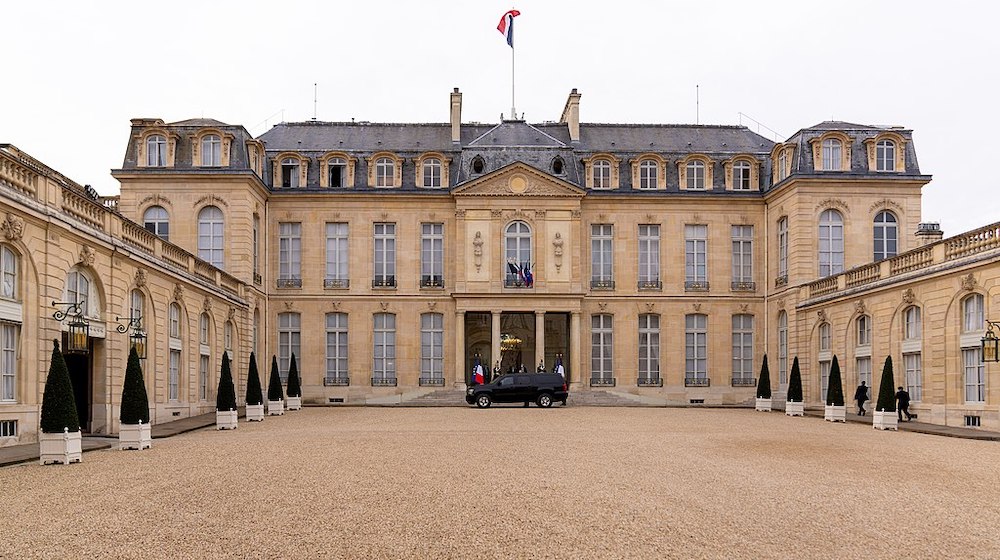Residence of the Presidents of the French Republic since 1848, the Palais de l’Élysée has passed through the hands of illustrious figures since its creation in the 18th century. A building that hides many stories under its official gold. Not all avowable…
The Palace was originally called Hôtel d’Évreux, built in 1718 for the Count of Évreux, Governor of Île-de-France. It was bought on his death in 1753 by Jeanne-Antoinette Poisson, better known as Madame de Pompadour, favorite of Louis XV. “My pleasure is not to contemplate the gold in my coffers, but to spread it,” she will say. And she will spread it en masse to furnish the mansion with tapestries, gilding and woodwork.
Before the Revolution, the Hotel was the property of the cousin of Louis XVI, Duchess of Bourbon. A lover of the occult sciences, she made the place one of the main Parisian centers of mysticism, receiving magnetizers (Mesmer) or prophets (the Unknown Philosopher, Louis-Claude de Saint-Martin) in her Salons. We also owe it the name of the Élysée Palace, due to its geographical proximity to the Avenue des Champs-Élysées, but above all in reference to the place of residence of virtuous souls and heroes in Greek mythology. Mysticism, again…
Confiscated during the Revolution, in 1805 the Palace became the residence of Joachim Murat and his wife Caroline Bonaparte, sister of the Emperor. It was under his orders that the main staircase and the Salon Murat, the room where the Council of Ministers is held, were fitted out. Having become King of Naples in 1808, Murat bequeathed the Palace to Napoleon.
On June 22, 1815, after the defeat at Waterloo, Napoleon signed his second abdication in the Silver Salon of the Palace. With in particular these words: “French […] I offer myself as a sacrifice to the hatred of the enemies of France. My political life is over. […] Unite all for the public safety and to remain one independent nation.”
Louis-Napoleon Bonaparte (future Napoleon III), was the first President of the Republic to reside in this Palace. Only a few days after the 1848 election, the National Assembly decided on the residence. A preferably small palace, to temper the ardor of the newly elected, where his uncle had definitively left public life… Which did not prevent a coup d’etat 3 years later! Neither would future presidents retain it as their official residence.
In February 1899, the President of the Republic Félix Faure called his mistress Marguerite Steinheil to join him after work. A few minutes after his arrival, the servants will find the President dying on the couch, his pants down. He officially died of a stroke. Clémenceau will say: “He wanted to be Caesar, he was only Pompey”.
Less fuss about the 20th century, which was definitely wiser…

